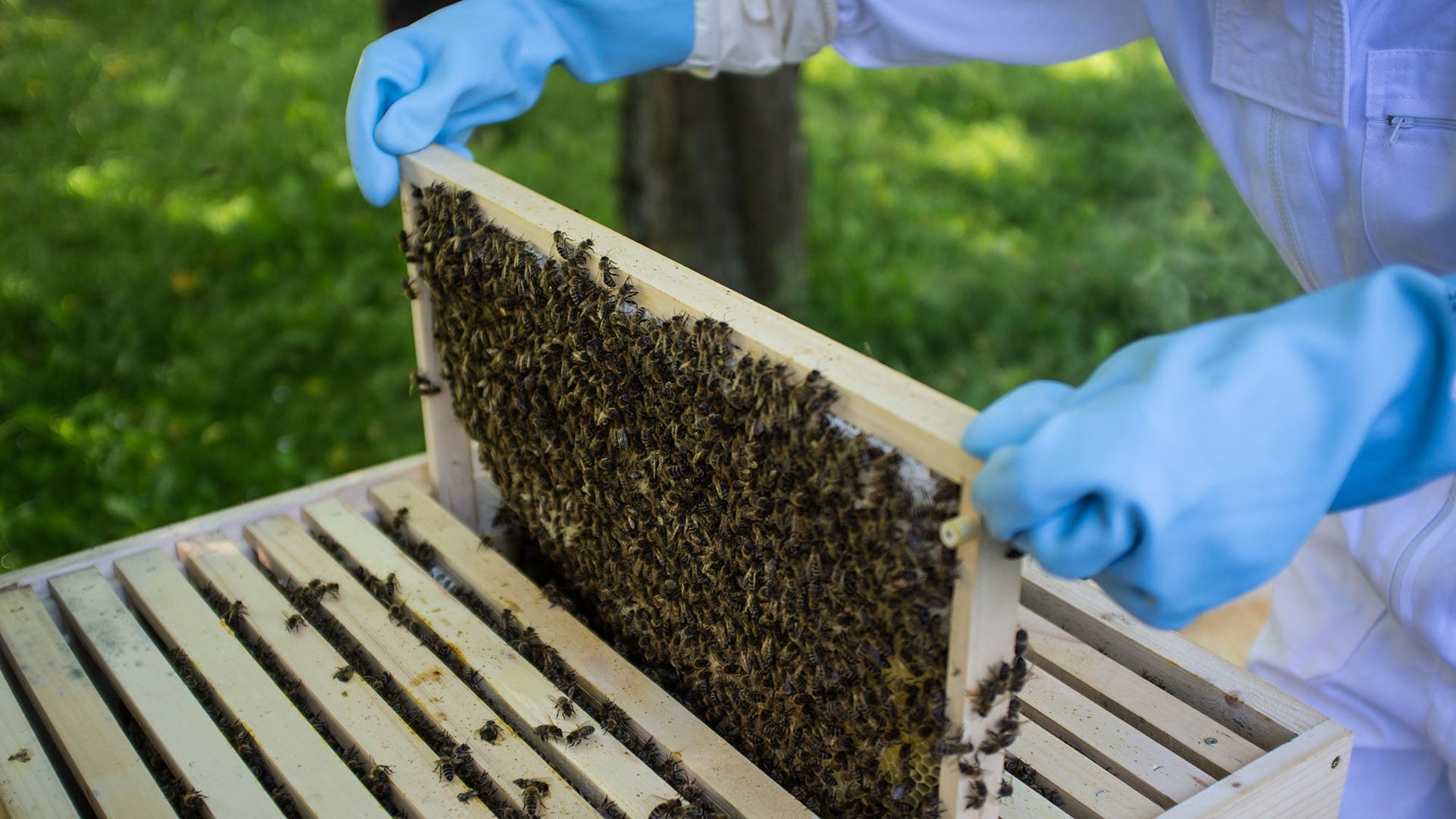From barnacles to vodka: the many weird uses of antibiotics that worsen drug resistance
It is in human nature to start taking things for granted, and for many years, that’s how many of us have treated antibiotics. However, if we continue to do so, the world will be much worse off.


It is in human nature to start taking things for granted, and for many years, that’s how many of us have treated antibiotics. However, if we continue to do so, the world will be much worse off.
In the right doses, antibiotics kill microbes. But, when exposed to sub-optimal quantities of antibiotics, some microbes develop resistance. It is this resistance that threatens to send healthcare back to the 19th century. Simple medical procedures, such as suturing a cut, could become gateways to deadly infections.
Despite this knowledge, the use, and overuse of antibiotics keeps growing beyond just treating humans. By one estimate, at least in the US, more antibiotics are used in animals than in humans. A recent study in PLOS Biology highlighted some of the more esoteric uses of antibiotics, and some of their dangers:
Bee-keeping
Oxytetracycline is used to stave off infections in bee larvae, which can destroy the entire colony. But the bacteria that cause these infections haven’t been wiped out—instead, drug-resistant genes from bee-infecting bacteria have also been found in human foods.
Horticulture
Streptomycin is used to treat fire blight—an infection caused by Erwinia amylovora—in apples and pear orchards. A drug-resistant version of the microbe is now commonly found in the US, Israel, and New Zealand. Some of its drug-resistant genes have been known to have passed on Campylobacter jejuni, a disease-causing microbe.
Food preservation
Nisin is added to dairy products and canned food to inhibit growth of disease-causing microbes, such as Listeria monocytogens. Until now, however, nisin is not used on humans.
Alcohol production
The fermentation process to produce alcohol can be susceptible to microbial infection. In theory, antibiotics used in the process should be rendered inactive during the distilling process. But, according to a 2008 report by the US Food and Drug Administration, that doesn’t always happen—they showed up in animal feed made from the byproducts of fermentation.
Barnacle build-up
Bacterial biofilms, which are groups of cells that stick together on surfaces, are great places for barnacles to take a hold. That is why anti-fouling paint is laced with tetracyline.
All the above uses contribute in one way or another to drug resistance. Sadly, there are no alternatives to antibiotics that can achieve the same outcome. The only hope is that alternatives are discovered before it’s too late.